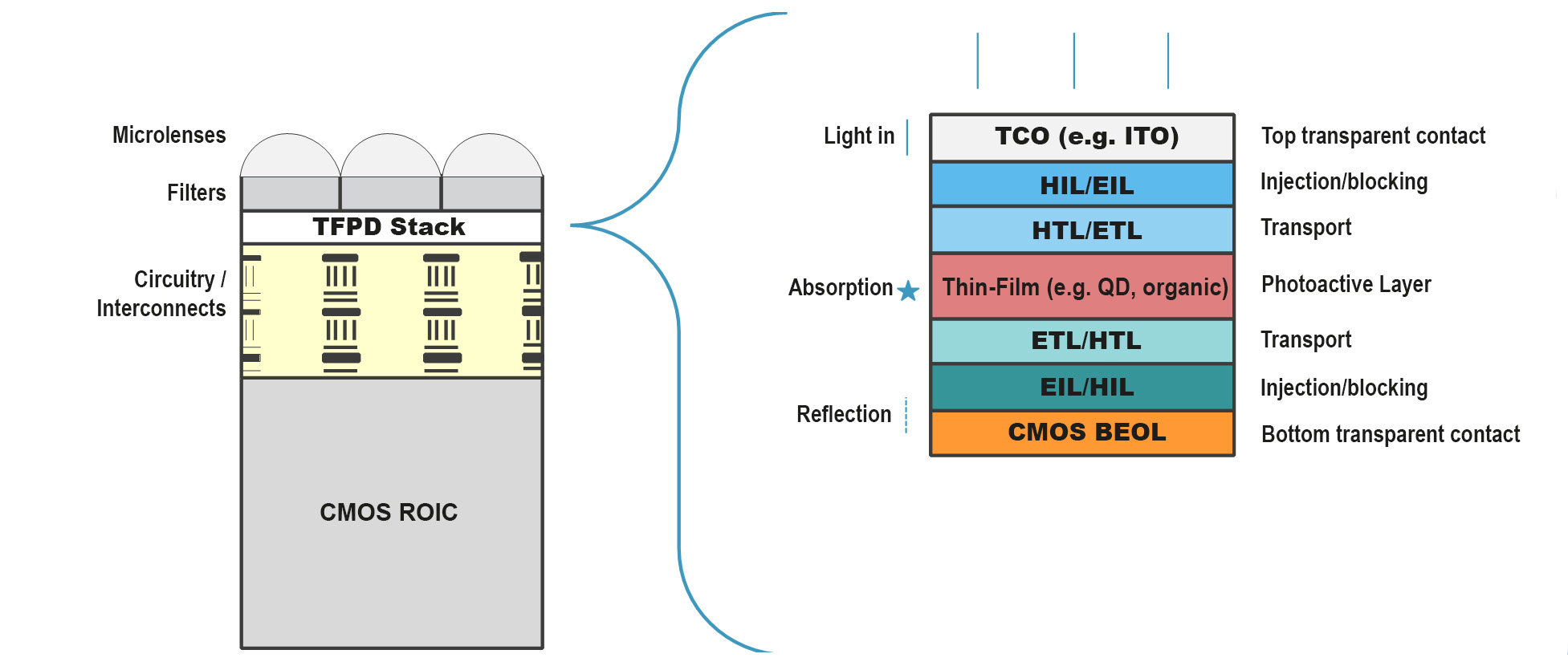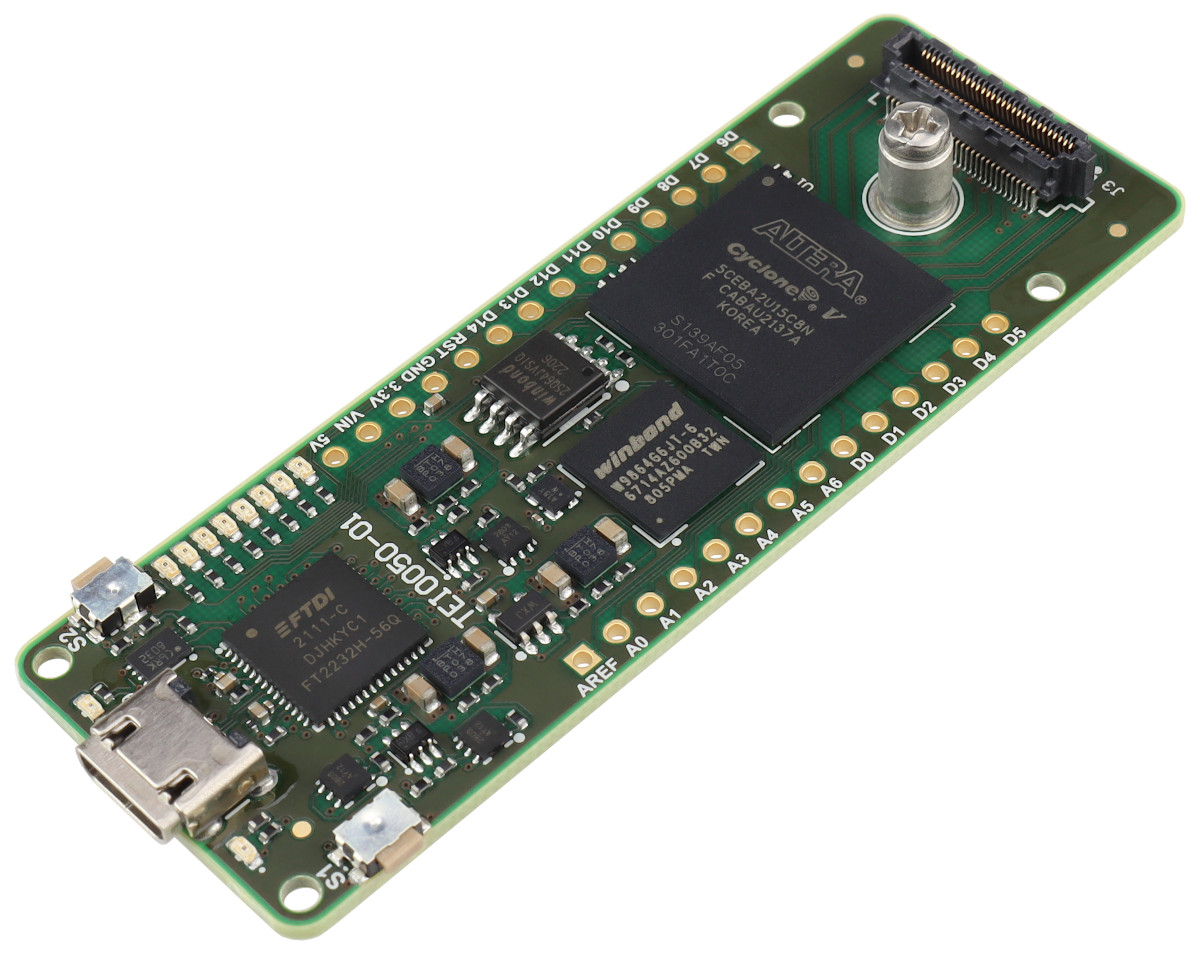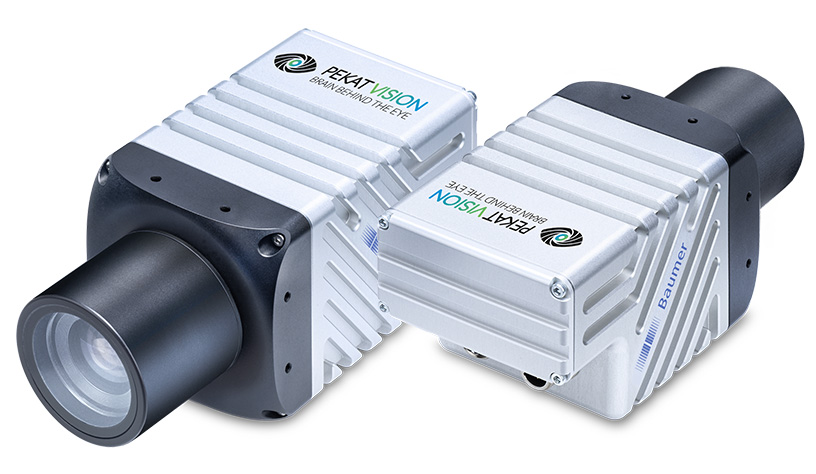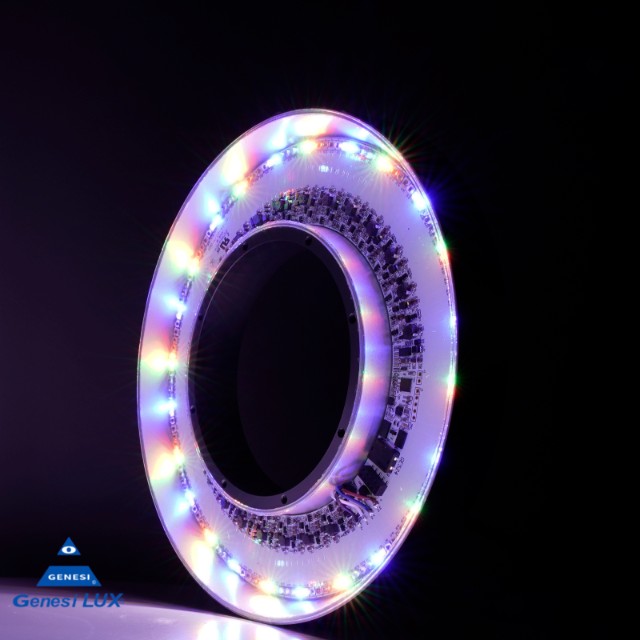Thin-film photodetectors
Si-based CMOS imagers to detect SWIR wavelengths above 1µm
Thanks to a cross-departmental effort involving material development, semiconductor processing skills, system-level design and much more, imec has realized breakthroughs in the capabilities of silicon-based CMOS imagers to detect short-wave infrared (SWIR) wavelengths above one micrometer.

Figure 1 | By processing a thin-film multilayer stack with photoactive layer sensitive in the infrared range (r.), on top of a Silicon readout circuitry (ROIC), Imec creates an IR-sensitive CMOS imager (l.) that’s compatible with mass manufacturing. (Image: Imec)
Such wavelengths (e.g. the 1450nm and 1550nm bands) are important for the development of applications such as computer vision in mobile devices. Yet, due to optical limitations, these wavelengths are normally invisible to Si-based devices. Conventional approaches that use III-V materials (e.g. InGaAs) can overcome this detection barrier, but are not available at an acceptable price point for consumer devices. Thanks to thin-film photodetector (TFPD) technology, Imec has now developed an end-to-end solution that enables Si-based infrared CMOS sensors at the price level of conventional CMOS imagers. TFPD are multilayer stacks of a few hundred nanometers overall thickness with one of the layers being sensitive to IR. By post-processing these onto a Si-CMOS readout circuit, Imec combines the best of both worlds: infrared detection via a CMOS-compatible process flow. Regarding materials suitable for this thin film, the company is investigating multiple options, ranging from polymer- and small-molecule organic materials to inorganic colloidal quantum-dot layers. The latter, for the moment, is most promising because of the tunable and low-energy bandgap inherent to quantum dots. So far, Imec has built most of its prototypes and demonstrators with PbS quantum-dot materials. The quantities of lead being used remain well within the legal restrictions of the EU ROHS guidelines and other regulations, making them suitable for production. Completely lead-free alternatives are on the roadmap and being investigated as well.












